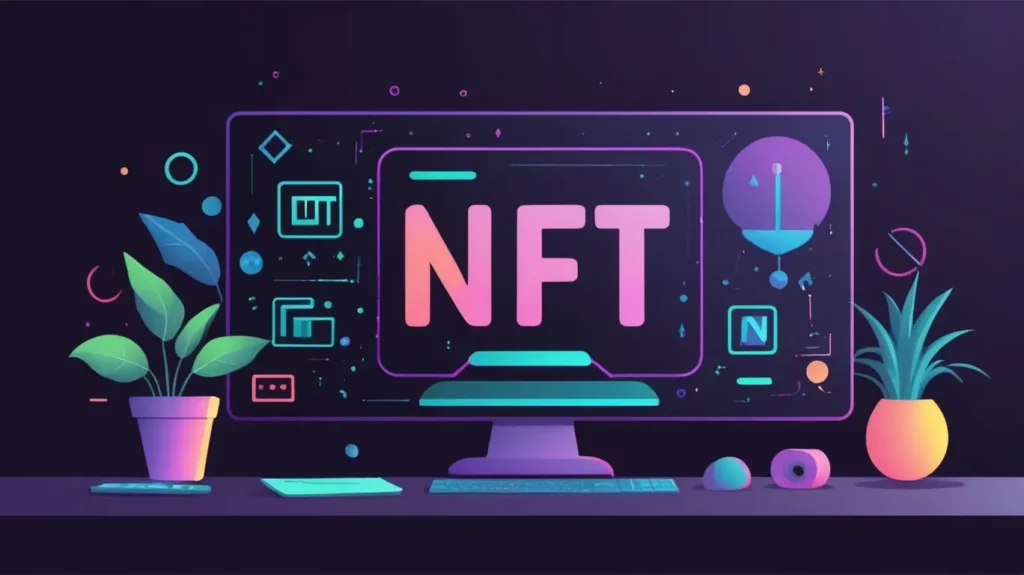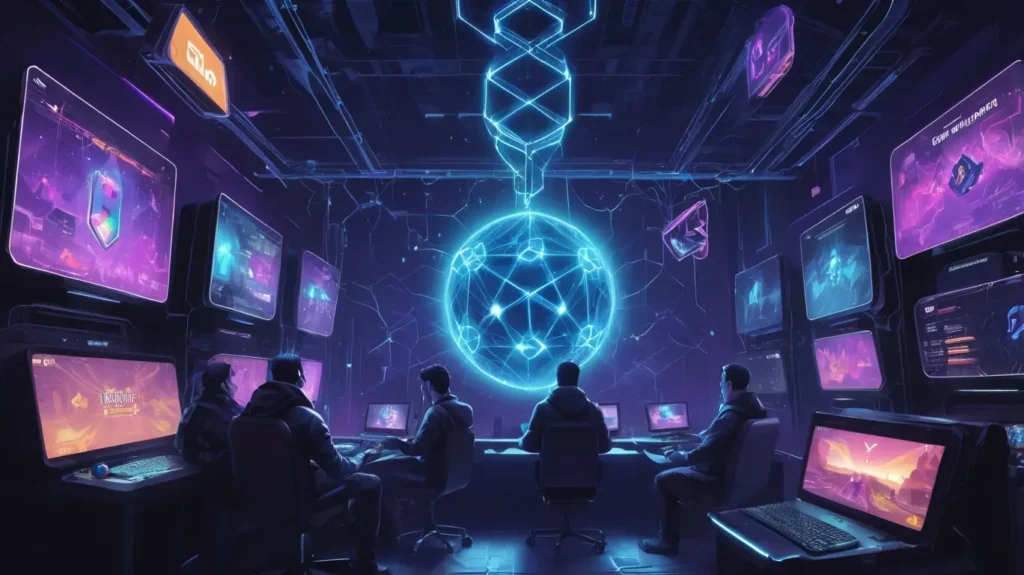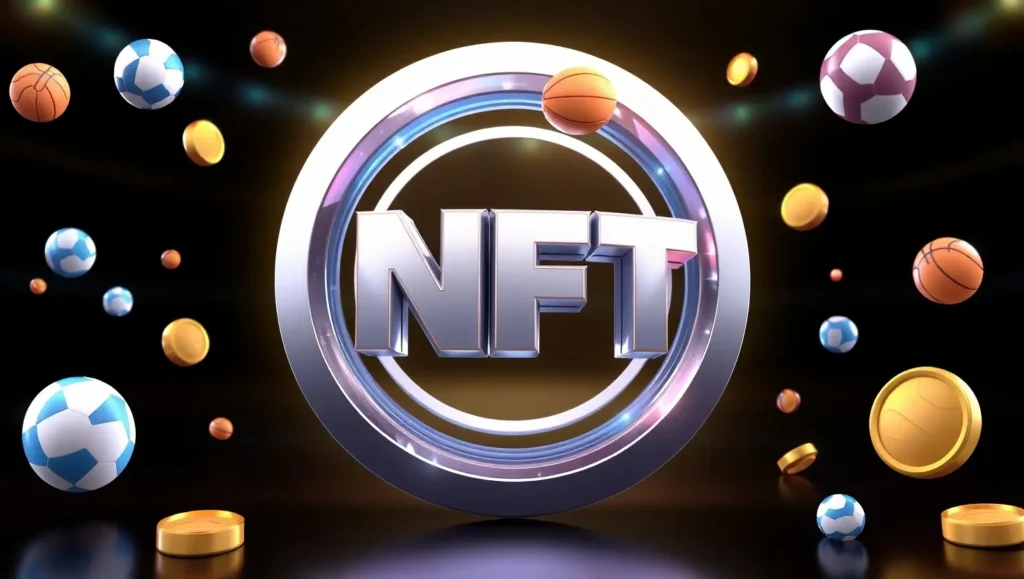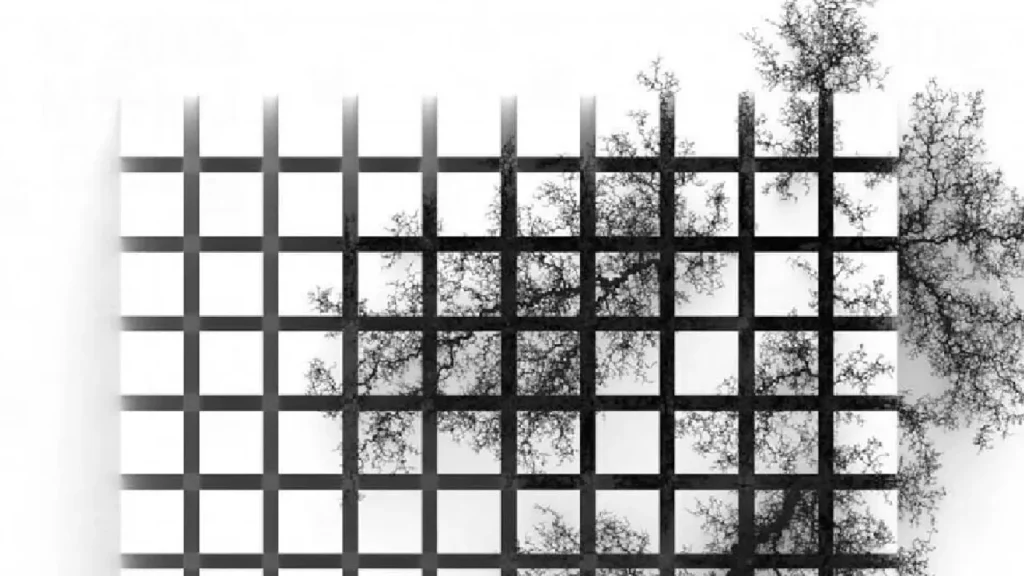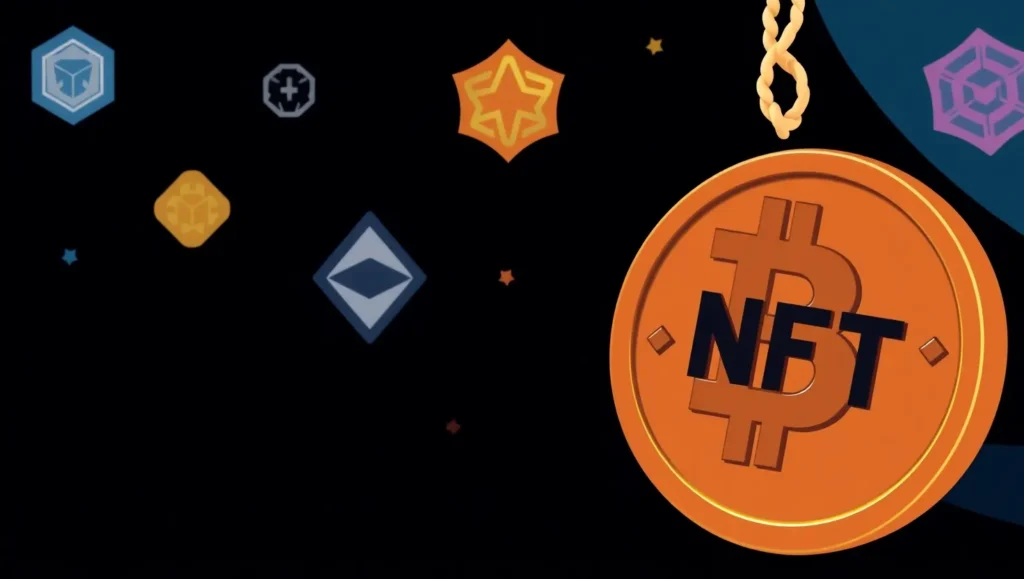Imagine art that evolves, changes, and lives beyond the static confines of the canvas. Generative art offers exactly that a dynamic dance between code and creativity, where algorithms give life to endless forms and patterns. At the heart of this revolution is p5.js, an open-source JavaScript library designed with artists and designers in mind. Let’s embark on a journey into this world of generative art, exploring generative art with p5.js makes the process both intuitive and exhilarating.
Getting Started with p5.js
Starting our adventure into generative art is a breeze with p5.js. Its simplicity and accessibility are perfect for both beginners and seasoned coders looking to infuse creativity into their projects. First things first, setting up the p5.js environment is as easy as pie just add the p5.js library to your HTML file, and you’re ready to start sketching.
The p5.js web editor is an excellent tool, offering a browser-based platform where you can see the results of your work live. Every p5.js sketch has a structure, with two fundamental functions: `setup()` and `draw()`. The `setup()` function runs once at the start, setting the stage with configurations like canvas size and background color. Meanwhile, `draw()`, the dynamic counterpart, loops continuously, and the painting changes frame by frame, as intricate as a kaleidoscope or as subtle as a flowing river.
Fundamentals of Generative Art in p5.js
Generative art thrives on randomness and structure, paradoxically balanced to create beauty. ]د In this article about generative art with p5.js, we dive straight into randomness using the `random()` function, which adds unpredictability. Whether it’s the size of circles dotting the canvas or the hue variations in a digital sunset, randomness invites a sense of organic evolution.
But randomness alone can sometimes feel too chaotic. This is where Perlin’s noise comes into play. The `noise()` function in p5.js generates smoother, more natural-looking variations, ideal for creating textures that mimic nature, like the gentle billowing of clouds or the undulating surfaces of water.
Mastering the basics of shapes is where creativity starts to blossom. Using simple functions to draw circles, rectangles, and lines, we gradually construct complex patterns. Imagine layering these shapes like notes in a symphony, each contributing to the overall harmony of the artwork.
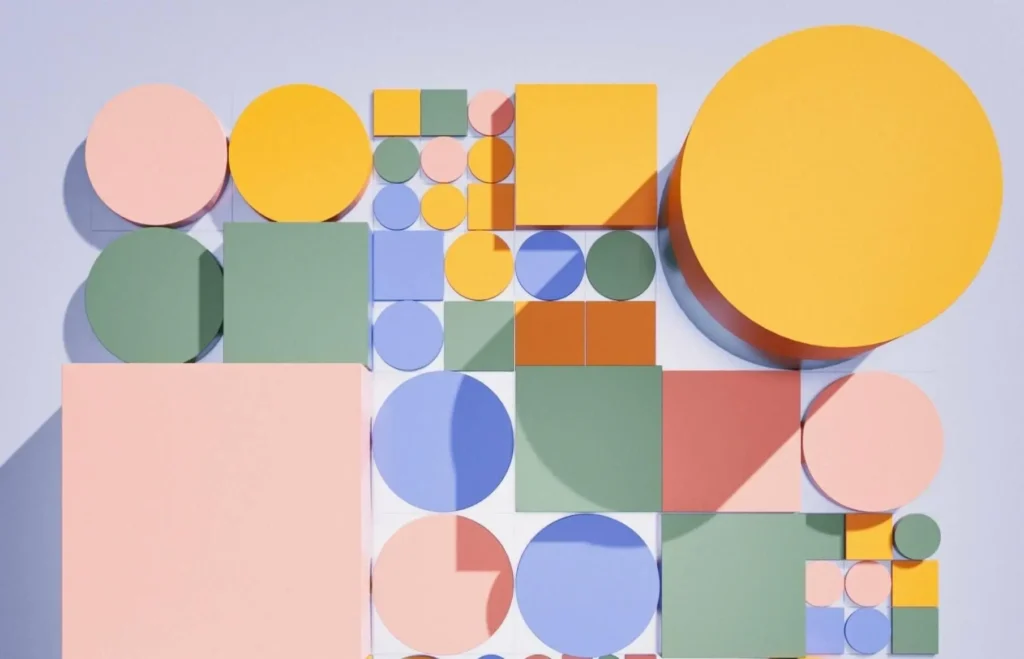
Advanced Techniques
Once we’ve mastered the basics of p5.js, it’s time to delve into more advanced techniques that amplify both the interactivity and dynamism of our generative art. These methods not only enhance artistic expression but also transform how audiences engage with digital creations.
Interactive Generative Art
Interactive art invites viewers to become active participants rather than passive observers. By integrating user input, we can create artworks that evolve based on real-time interactions. Imagine an installation where a keystroke sets off a cascade of fireworks across the screen.
- Mouse Interaction: p5.js provides built-in functions like `mouseX` and `mouseY` to track the mouse’s position. These can be used to control elements such as the position, size, or color of shapes, creating a direct feedback loop between the viewer’s movements and the artwork.
- Keyboard Input: By utilizing `keyPressed()` and `keyReleased()`, we can capture keyboard inputs to trigger changes in the art. This adds another layer of interaction, allowing users to switch modes or alter parameters on the fly. For instance, pressing a key might change the palette from warm to cool colors, transforming the atmosphere entirely.
Interactive art is like a dance between the creator and the viewer, where each step and gesture brings the digital canvas to life in new and unexpected ways like with generative art with p5.js.
Animating Generative Art
Animation adds a captivating element of time and movement to our art. The `draw()` function in p5.js is central to creating animations, as it continuously executes code, allowing us to animate shapes and patterns seamlessly.
- Frame Rate Control: By adjusting the `frameRate()` function, we can control the speed of these animations. A higher frame rate results in smoother and faster animations, while a lower frame rate creates a deliberate, languid flow. Imagine crafting a sunrise that unfolds slowly, each frame gently transitioning from darkness to dawn, or a storm with rapid flashes.
- Motion Dynamics: The dynamics of motion can be manipulated to simulate real-world physics or purely abstract movement. Using velocity and acceleration variables, we can create bouncing balls, swirling eddies, or even simulate gravity’s pull on digital objects, deepening the sense of realism and immersion.
Animation in generative art is akin to composing music, where rhythm, tempo, and cadence play crucial roles in how the piece is perceived and felt.
Exporting Generative Artworks
The journey doesn’t just end on the screen while we discuss generative art with p5.js. Exporting our creations is an essential step that allows generative art to reach broader audiences and even transcend digital boundaries.
- Saving Images and Videos: P5.js makes it straightforward to save your artwork as images using `saveCanvas()` or export sequences as videos. This capability means your dynamic creations can be shared as stills or motion graphics across various platforms.
- Preparing for Physical Mediums: With thoughtful adaptation, generative designs can also become tangible objects. For instance, preparing files for 3D printing involves converting 2D shapes into 3D models, where the intricacies of the digital pattern can be felt and explored physically. Imagine a 3D sculpture that replicates the flowing lines of a computational design, tangible in its beauty and complexity.
Exporting generative art is not just about preservation. It’s about reaching beyond the digital realm, allowing the art to impact and engage with the physical world in innovative ways.
Together, these advanced techniques in p5.js not only enhance the artistic process but also broaden the horizons of how and where generative art can exist, inviting endless possibilities for creators and audiences alike.

Inspiration and Case Studies
Generative art created with p5.js opens a lot of possibilities, blending technology and creativity to produce stunning, interactive pieces. Let’s delve into some compelling projects that highlight the versatile applications of p5.js:
1. Complex Patterns in Motion
Artists have ingeniously used generative art with p5.js to craft live-responsive artworks, such as dynamic cityscapes that mirror real-world conditions. By integrating APIs to gather live weather data, these cityscapes evolve in real time, shifting from sunny mornings to vibrant sunsets, or transforming into the rainy city as storms approach. This dynamic response not only creates a visually captivating experience but also forms a narrative that reflects the environment’s ever-changing nature.
2. Sound-Responsive Art Installations
Sound-responsive installations push the boundaries of sensory experience by translating ambient sounds into visual masterpieces. Utilizing p5.js’s sound library, these installations capture audio input from whispers to ambient music and convert them into visual elements such as undulating lines, pulsing shapes, or color bursts. For example, in a sound-responsive room, the gentle whisper of a crowd might create soft waves that ripple along the walls, while sudden bursts of laughter trigger an explosion of color and form. This synergy between sound and sight immerses viewers in a multi-sensory environment, where art is both seen and heard.
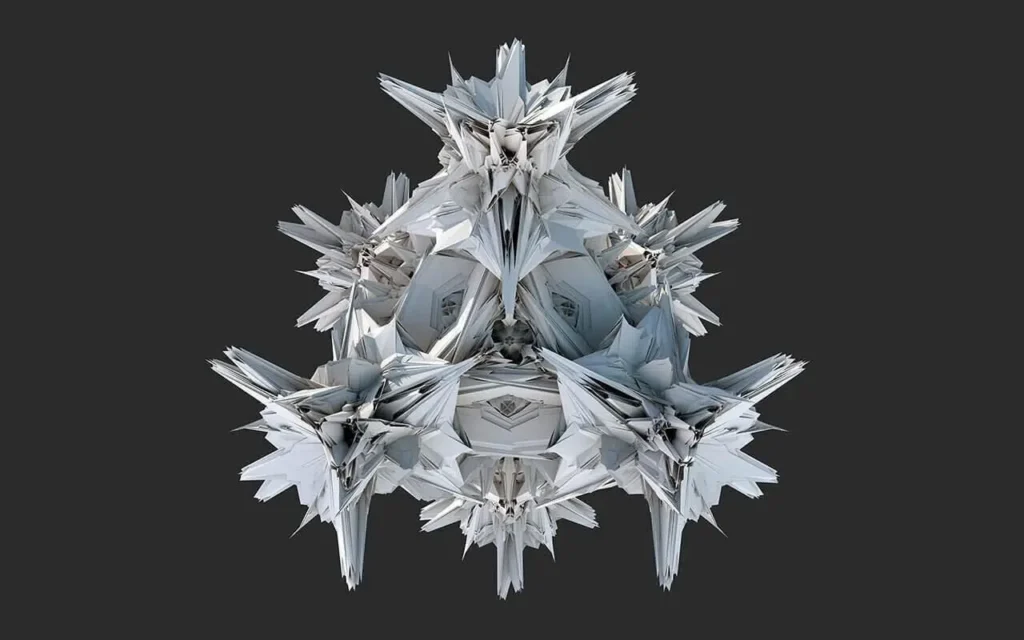
3. Algorithmic Poetry and Visuals
Combining code with literature, artists explore the intersection of text and imagery through algorithmic visualizations. By scripting algorithms that interpret textual content, artists transform poems into dynamic visual spectacles. As each word appears, shifts, or fades, the accompanying visuals might morph in color, shape, or movement, offering a visually poetic experience. These projects highlight the potential of p5.js to break the static nature of traditional text, painting a canvas where literature and art entwine to offer new dimensions of narrative and interpretation.
These examples illustrate the versatility of generative art with p5.js, demonstrating its potential to blend technology with expressive art forms. From reacting to environmental data and soundscapes to bridging the gap between text and visual art, these projects showcase how p5.js can craft immersive and interactive experiences that transcend traditional artistic boundaries, fostering a unique dialogue between the artwork and its audience.
Concluding Words
The world of generative art is ripe for exploration. It beckons us to experiment, to learn, and to continuously push the boundaries of what we can imagine and create. Whether you’re a hobbyist or a seasoned artist, the resources available through generative art with p5.js tutorials and communities encourage endless discovery and innovation. Let’s keep exploring, coding, and most importantly, creating. The canvas may be digital, but the possibilities are infinite.
What platforms support p5.js for generative art?
p5.js is versatile and runs on any platform with a web browser, such as desktops, tablets, and smartphones. This makes it incredibly accessible for artists anywhere.
Can p5.js projects be integrated with other web technologies?
Absolutely! p5.js is built with JavaScript, so it integrates smoothly with other web technologies. You can combine it with libraries like D3.js for data visualization or Three.js for 3D graphics, expanding the horizons of what you can create.
How can educators use p5.js in the classroom?
Educators can leverage p5.js to teach not only programming but also creative thinking and problem-solving. It’s a fantastic tool for introducing students to the intersections between art and technology, encouraging both analytical and creative skill development.
